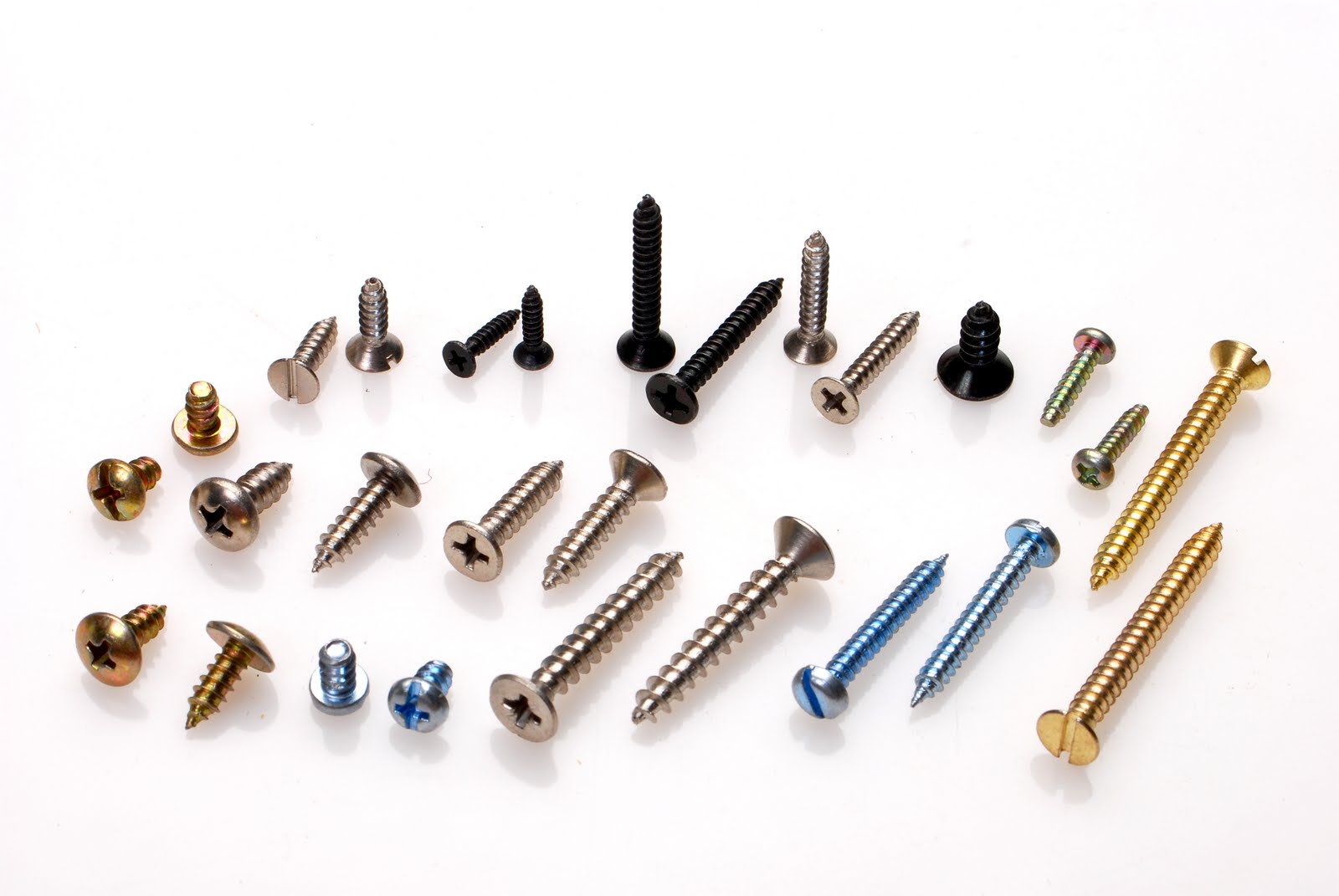
How to Interview Customer — field guide
To build a business, you need to clearly understand who you can create value for -your customers- and what job are these customers trying to get done. One way to…
Notes left by Franck Debane

To build a business, you need to clearly understand who you can create value for -your customers- and what job are these customers trying to get done. One way to…
Depuis plusieurs années, l’envoi de courrier baisse. Malgré cette baisse, l’un des principaux équipementiers du secteur, Neopost (1,1 milliard de CA en 2014) continue de croître. En effet, l’entreprise a…
Too often I have seen entrepreneur trying to understand their customer need by sending them … a survey. “Please rank those feature in order of preference” Because surveys capture what…
A hard part of customer development doing problem interview. It’s hard because interviewing strangers is not natural and its also actually hard to do the interview right. The good news…
Nov-14 2014: Added entry to classify customer into early adopter or not using @Justin_Wilcox definition: someone who is actively trying to solve the problem Talking to your customers is the…

“When you have a hammer everything looks like a nail” -Bernard Baruch Here, the hammer is your solution and the nails are your customers. I am sure you have already…
Sometimes startups come to me with this problem: we have created this great service, how can we get our first customers. Those startups quite often need to put a hold…